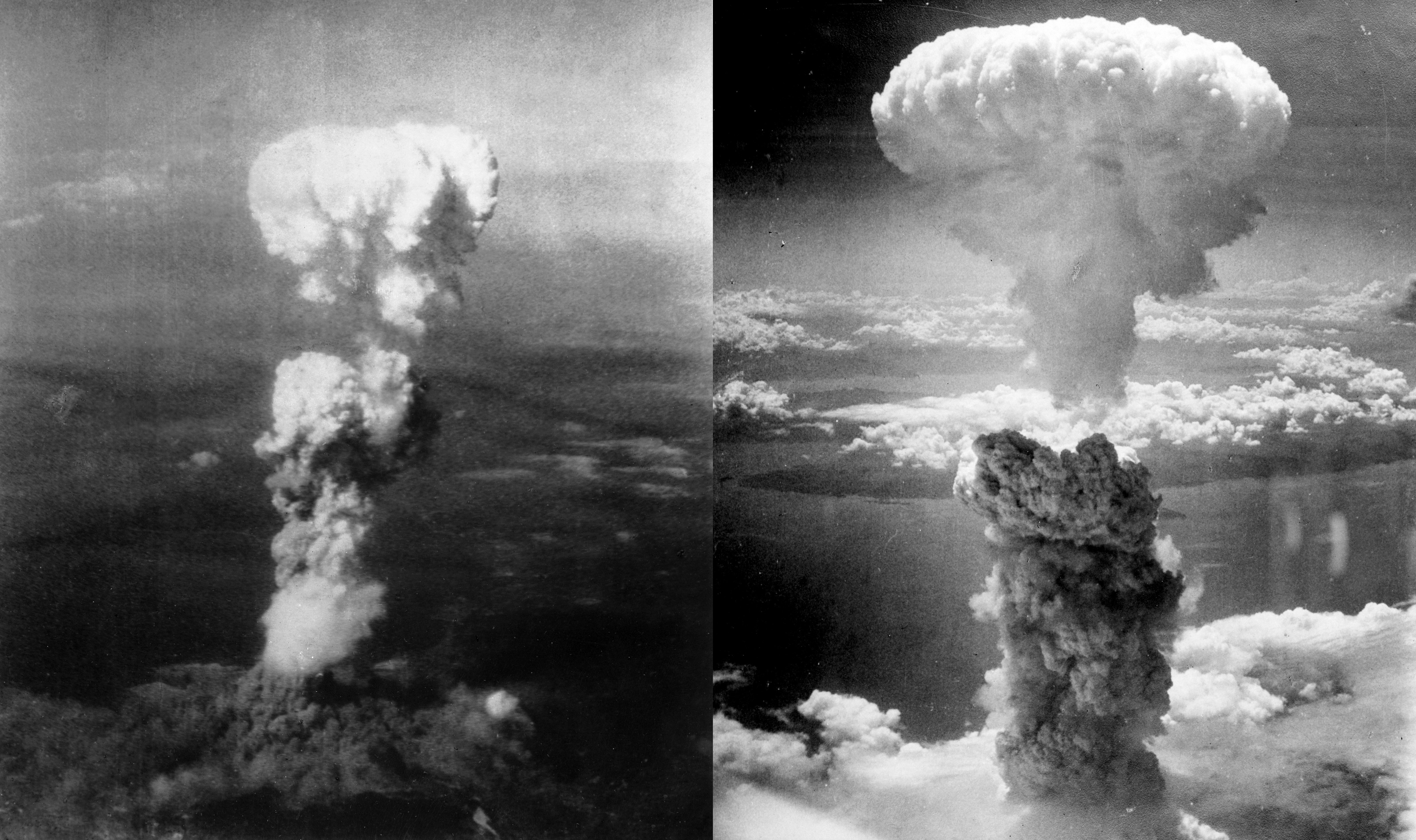The Russian strategy in Ukraine appears to be a coordinated assault against the latter’s military infrastructure in order to cripple the country’s warfighting capability. But Moscow’s latest weapon of choice to achieve that objective has shocked the world.
Russia claimed on March 19 that it had destroyed a weapons storage depot in western Ukraine using its ‘Kinzhal’ hypersonic missiles. This is the first time Russia has deployed a hypersonic weapon since it launched what it called “special military operations” in Ukraine on February 24, according to Interfax news agency.
The EurAsian Times had reported on February 9 that Russia stationed a MiG-31K ‘Foxhound’ fighter jet armed with a Kinzhal hypersonic missile in Kaliningrad along the Baltic Coast.
“The Kinzhal aviation missile system with hypersonic aeroballistic missiles destroyed a large underground warehouse containing missiles and aviation ammunition in the village of Deliatyn in the Ivano-Frankivsk region,” defense ministry spokesman Igor Konashenkov said on March 19.

It is not immediately known how many hypersonic missiles were used in this assault and if there were any casualties.
Ivano-Frankivsk shares a 50-kilometer (30-mile) border with NATO member Romania. Russian soldiers also employed the anti-ship missile system Bastion to target Ukrainian military infrastructure near the Black Sea port of Odesa, according to the ministry.
New: Russia launched hypersonic missiles against Ukraine last week, the first known use of such missiles in combat, multiple US officials tell CNN. The US was able to track the launches in real time, the sources said.
— Jim Sciutto (@jimsciutto) March 19, 2022
The latest strike is also significant as it indicates Russia’s sharp focus on Western Ukraine, which shares its boundaries with NATO countries, including Romania and Poland. Earlier, Russian missiles had attacked the Lviv State Aircraft Repair Plant in Lviv, which is just over 40 kilometers from the Polish border and was responsible for repairs of MiG-29 Fulcrums.
The Russian use of hypersonic weapons is probably the first-ever in the world. In World War II, the US had shocked the entire world by dropping atomic bombs on Japan’s Hiroshima and Nagasaki in response to its attack on Pearl Harbor.
The hypersonic missile attack by Russia on a target inside Ukraine would exponentially enhance the threat perception in the United States, already aware of its capabilities and that of its adversary sitting in the east.
What Is Kinzhal Missile?
Hypersonic weapons are missiles that travel at five times the speed of sound (Mach 5) or more. They can be used to deliver conventional warheads faster and with precision as compared to other weapons. These missiles are also capable of carrying nuclear warheads.
In his state-of-the-nation address in 2018, Russian President Vladimir Putin highlighted a slew of new weaponry, including the Kinzhal (Dagger) missile. The nuclear-capable hypersonic aero-ballistic air-to-ground missile has a range of over 2,000 kilometers, a top speed of Mach 10, and the capacity to make evasive maneuvers at all stages of flight.
Video making the rounds this am, reports that it is first combat use of Russian hypersonic missile – Kinzhal on a weapons depot near the Polish border pic.twitter.com/pVxqEWlT5J
— Jack Posobiec ?? (@JackPosobiec) March 19, 2022
It may be launched from Tu-22M3 bombers or MiG-31K interceptors and can carry both conventional as well as nuclear warheads. The Kinzhal air-launched missile, which flies at 10 times the speed of sound and can defeat air defense systems, has been dubbed “an ideal weapon” by Putin.
The Kh-47M2 Kinzhal entered operational duty in 2017. Instead of using a scramjet for propulsion or a glide vehicle to handle reentry like hypersonic cruise missiles, the Kinzhal achieves hypersonic velocities through sheer raw force.

The Khinzhal is essentially a modified version of the 9K720 Iskander, a short-range ballistic missile launched from the ground, with a new guidance system built exclusively for air-to-ground operations, according to the National Interest.
The Kinzhal is a difficult weapon to intercept since it can maneuver at all stages of its flight path, with some claims of speeds exceeding Mach 12.
As a precursor to the invasion, Russia had conducted joint military drills with Belarus last month. The annual exercises had featured launches of Kinzhal and Tsirkon hypersonic missiles and a number of other weapons. Nobody had then anticipated that these hi-tech weapons would actually ever be used in combat by Russia.
US Atomic Bombing
As Russia becomes the first country to use a hypersonic weapon in combat, decades ago, the US had earned the notoriety of being the first military power to drop two atomic bombs on a country, which is now its closest ally.
On August 6 and 9, 1945, the US atomic bombing annihilated Japan’s Hiroshima and Nagasaki cities, killing between 129,000 and 226,000 people. Since World War II, no country has ever used nuclear weapons in any war even though the world has seen an arms race among nations.

Nevertheless, Russia’s use of hypersonic weapons could raise concerns in the West as the US still lags behind Russia and China in the hypersonic race.
The Center for Strategic and International Studies (CSIS), a think tank based in Washington, DC had released a white paper last month, arguing that the US government should invest more money in hypersonic weapon defense capabilities and investigate novel ways to fight these new threats.
As most of the existing ballistic missile defense systems are ineffective against hypersonic threats, the authors of the research argued that new methods are needed that “should exploit hypersonic weapons’ unique vulnerabilities and employ new capabilities” to counter them.
US Defense Secretary Lloyd Austin recently asked CEOs from more than two dozen key military corporations to speed up the development of hypersonic weapons. Austin spoke about the issue in urgent terms, according to two CEOs who attended the event, depicting China as a threat in the area, as previously reported by the EurAsian Times.
- Contact the author at sakshi.tiwari9555@gmail.com
- Follow EurAsian Times on Google News




